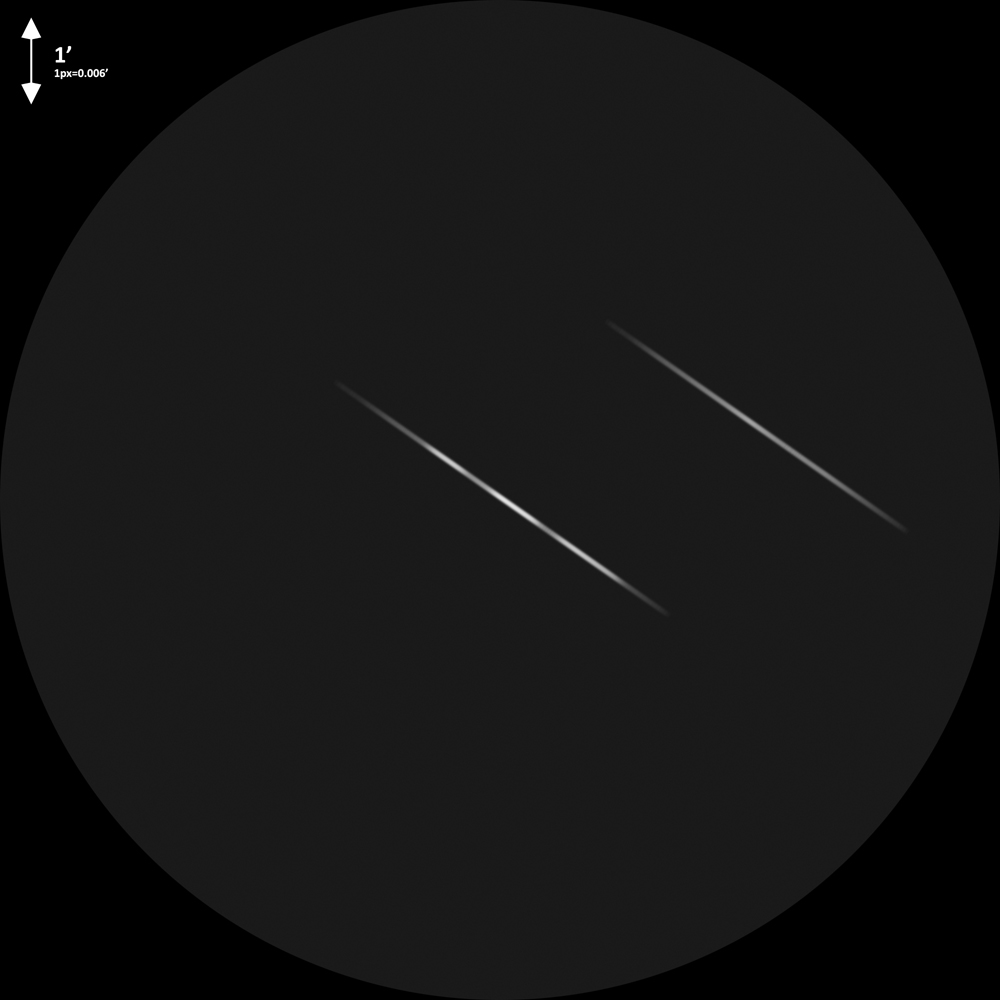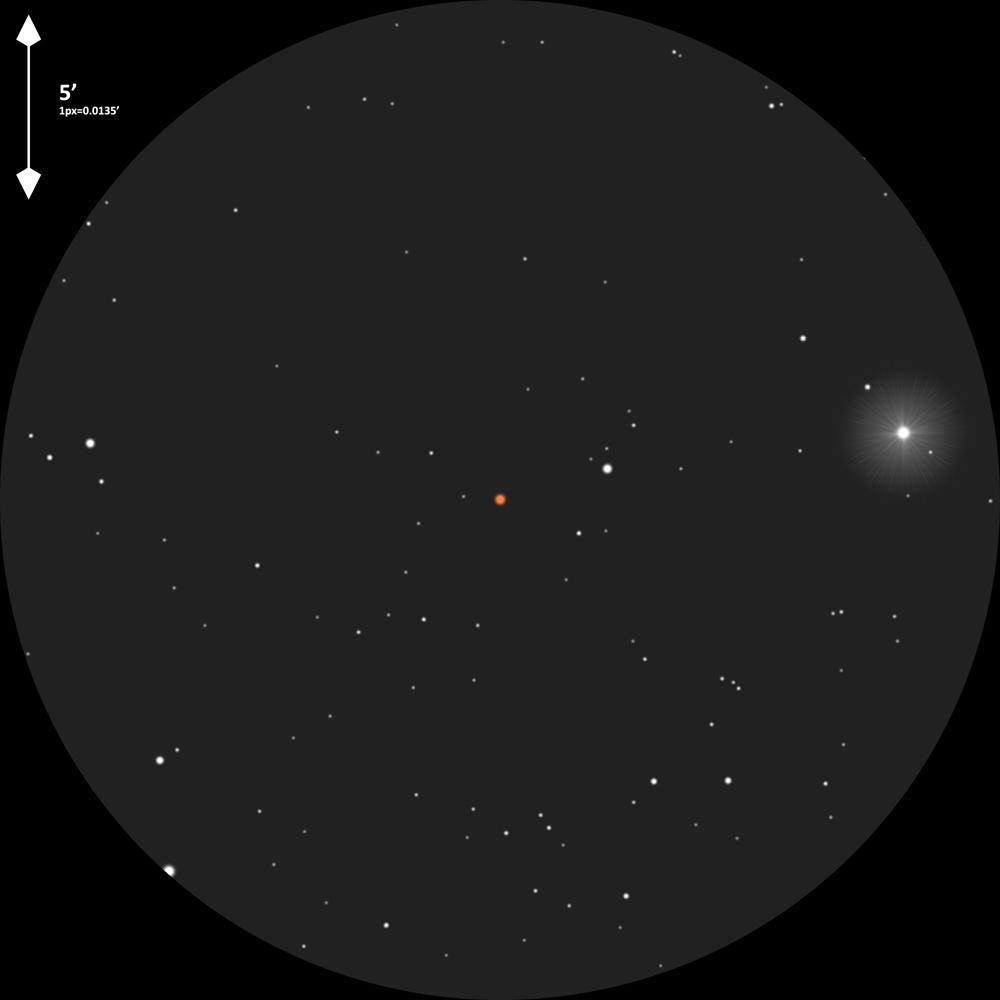| AD: |
19h 24mn 33s
|
| Dec: |
50° 14' 29"
|
| Source: | pothier,
yann |
| Informations additionnelles
- 19 24 33.07 +50 14 29.06 (simbad)
étoile symbiotique de sp.M7IIIab+Be de V=7.08 et B=8.77
distance= 574-619 AL / 176-190 pc (gaia dr2)
CH Cyg is one of the most studied symbiotic stars. Its properties, however, are still not well known. Two main periods, about 15 years and 750 days, are known in the photometric and spectroscopic variations, and two models are proposed for these origins. One is a binary system with an orbital period of 15 years consisting of a hot component and pulsating red giant with a 750-day period. The other is a triple system consisting of an inner symbiotic binary with an orbital period of about 750 days and third component with an orbital period of 15 years. Several active stages have been observed since the 1970s during which the object brightened up by ΔU=3-5mag and prominent emission lines appeared. Large mass outflows were observed at some active stages.
Narrow absorption lines of FeI, CrI, TiI, and so on appeared in 1998 at an early phase of the active stage. These lines are clearly distinguished from those of the M-type giant and are typically found on the spectrum of early A-type dwarfs. They were redshifted by about 30km/s with respect to the absorption lines of the M-type giant. Assuming that their radial velocities represent the orbital motion of the hot component, its semi-amplitude is estimated to be 37.0±0.5km/s. The masses of the hot component and the M-type giant are estimated to be 0.32±0.02M☉ and 4.6±0.2M☉, respectively, where a circular orbit with a period of 756 days is adopted. If the inner binary system has an elliptical orbit, e=0.33, and a period of 750.1 days, the masses of the two components are 0.21±0.01M☉ and 2.2±0.1M☉, respectively. Our results lend support to the triple system model, because if the period of the symbiotic binary were 15 years, the mass of the hot component would be expected to exceed the Chandrasekhar limit. Highly blueshifted absorption components of HI and HeI lines appeared at a later phase of the active stage. Mass ejections with velocities on the order of 1000km/s seem to have occurred along the orbital plane from December 1998 to March 1999. The highest outflow velocity, -2383km/s, was observed on 1999 February 26. Narrow absorption components of NaI D1, D2, and FeII lines redshifted by 10-15km/s coexisted with the highly blueshifted broad absorption components of HI and HeI lines. This phenomenon might have been related to an inner disc inflow expected in wind-compressed discs. In contrast to the bipolar mass outflows at the past active stages, high-velocity equatorial mass ejections likely occurred at the active stage during the years 1998-2000. There should have been an eclipse of the hot component by the M-type giant in the inner binary system in the time period of December 1998 to January 1999. A clear light curve of the eclipse, however, was not detected. Possibly, the luminosity of the hot component was due mainly to free-free emission from the ejected circumstellar matter which was likely more extended than the M-type giant. On the other hand, another eclipse by the third component with the period of 15 years began at the end of May 1999 during which the hot component as well as the emitting regions of Hβ and FeII lines were well eclipsed. The obscuring matter around the third component should have been much more extended than the M-type giant, and it was likely semi-transparent, because the spectrum of the M-type giant was well seen during the eclipse. The third component appears to be similar to the invisible secondary component in the long-period eclipsing binary ε Aur. [2019A&A622-45]
|



